Our Stories
Recent Articles
Projects
The AOC Never Paints Itself Into a Corner
An in-depth look at the most recent phase of the Capitol Building Paint Analysis and Plaster Repairs project.
Projects
Group Project: The Russell Building Courtyard
The Russell Senate Office Building courtyard was recently restored as a supplement to the Russell Exterior Envelope Project.
Projects
Employees Lead U.S. Botanic Garden Horticultural Renovations
Several USBG employees recently led projects inside the Conservatory to improve the growing spaces and showcase more of the permanent plant collection.
Projects
Covering the Home Team
The amount of talent needed for all the projects around the Capitol campus is high, and fortunately the AOC boasts a deep bench of employees.
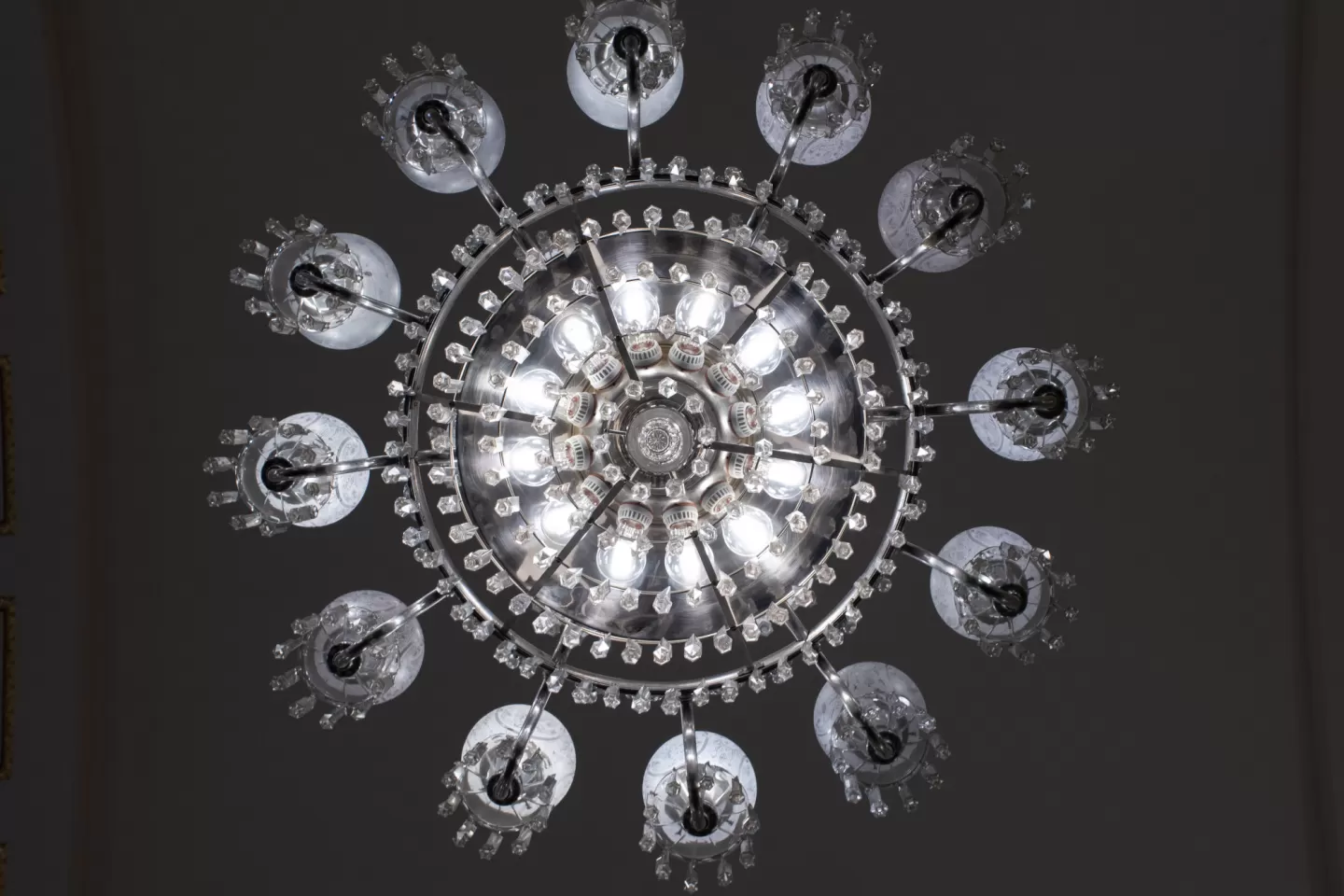
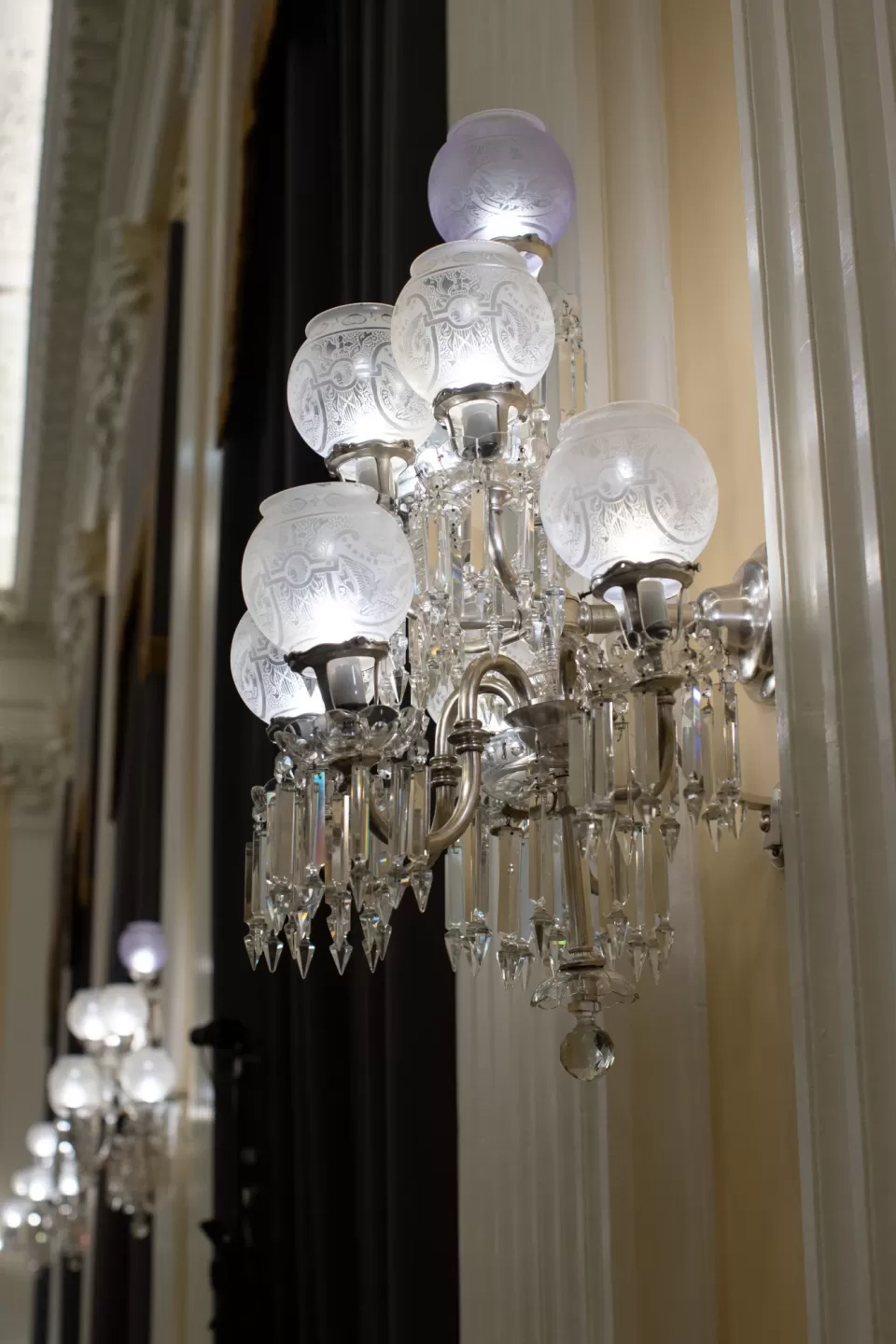
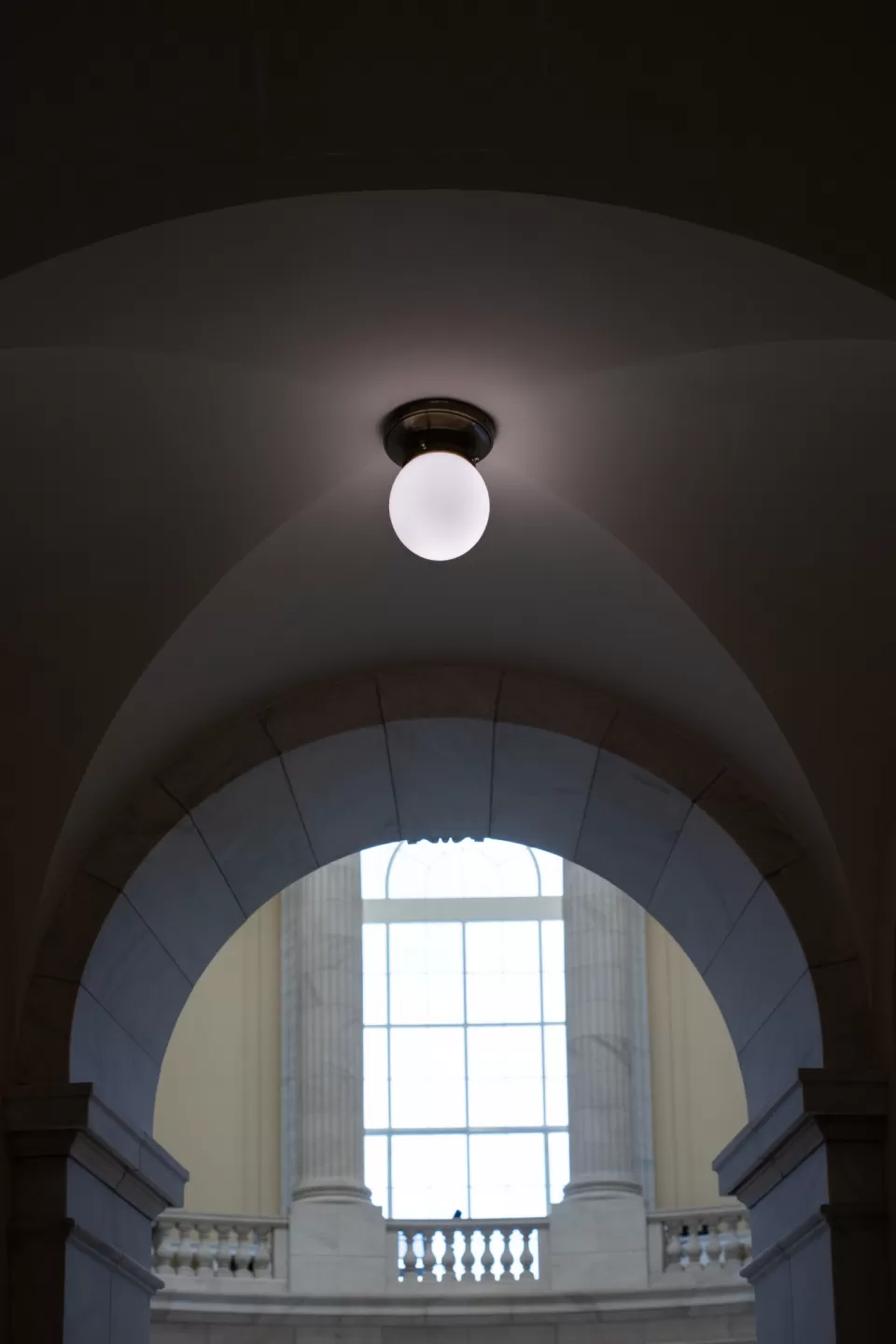
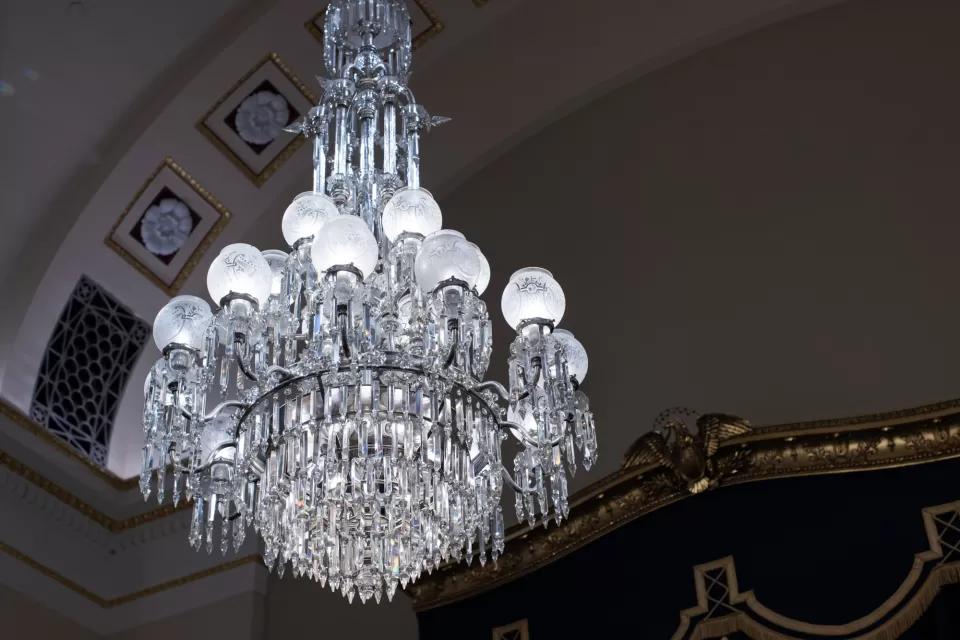
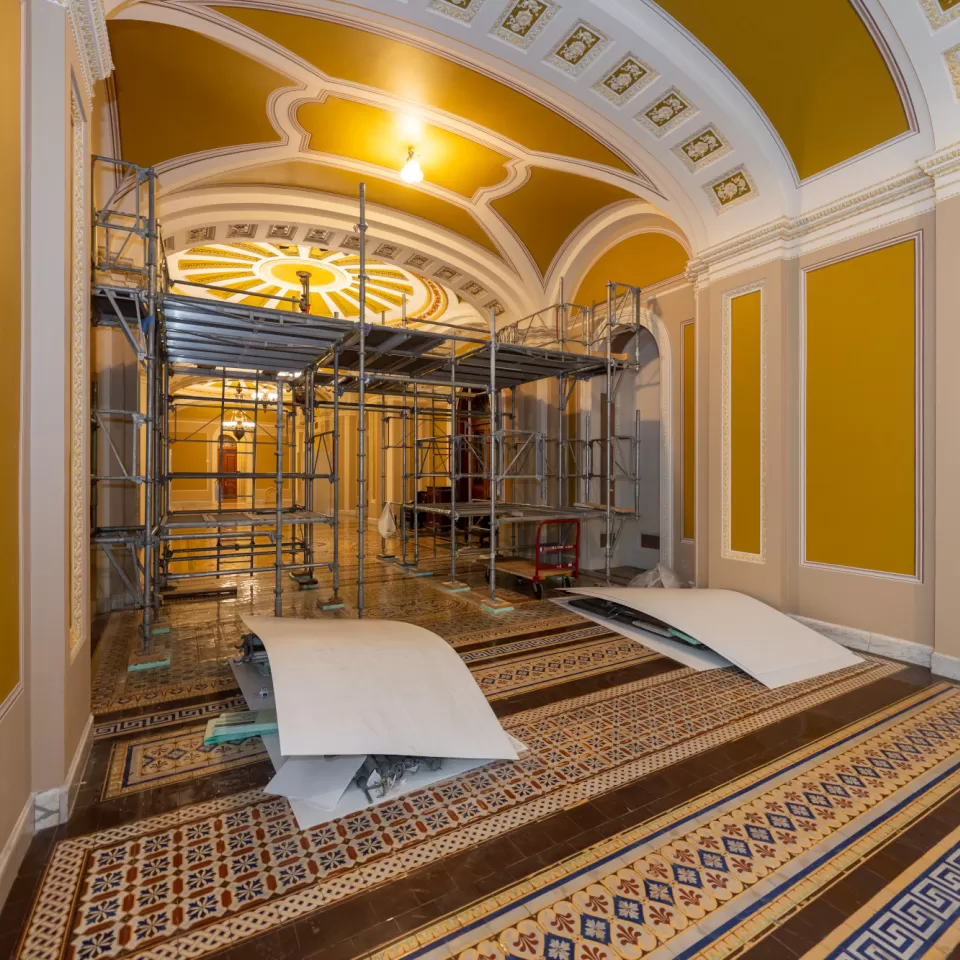
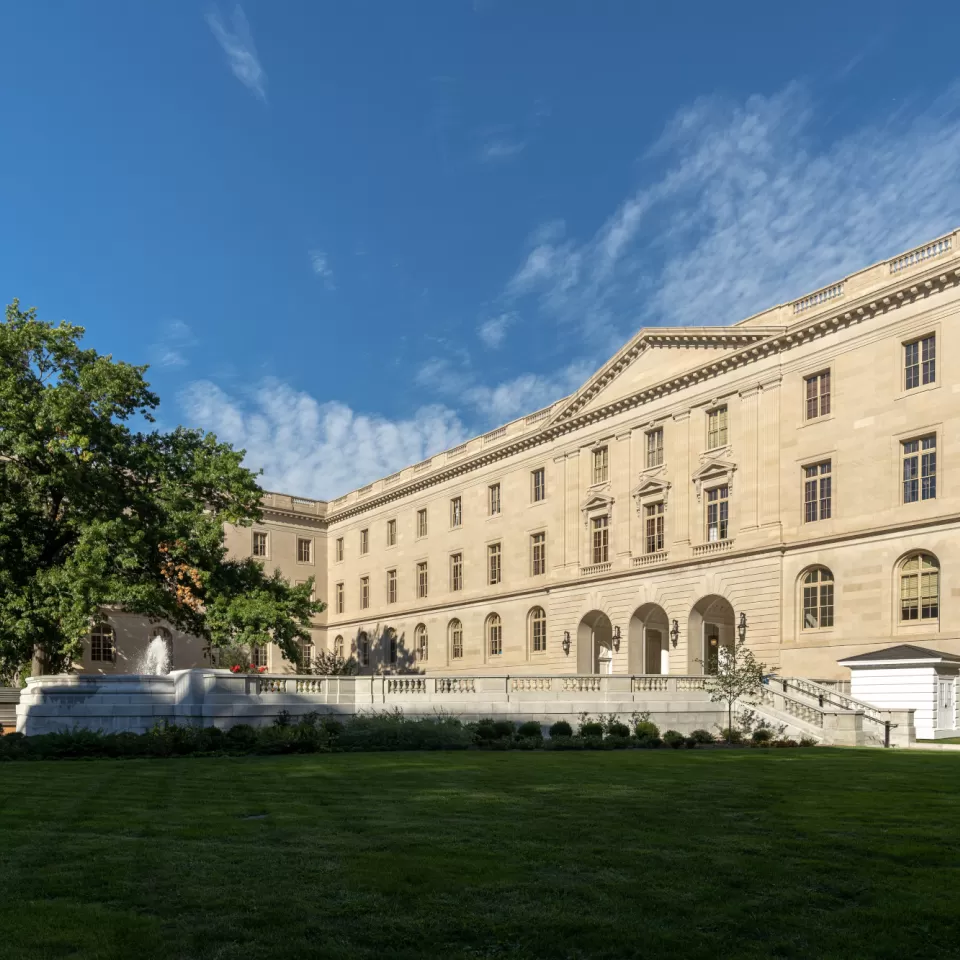
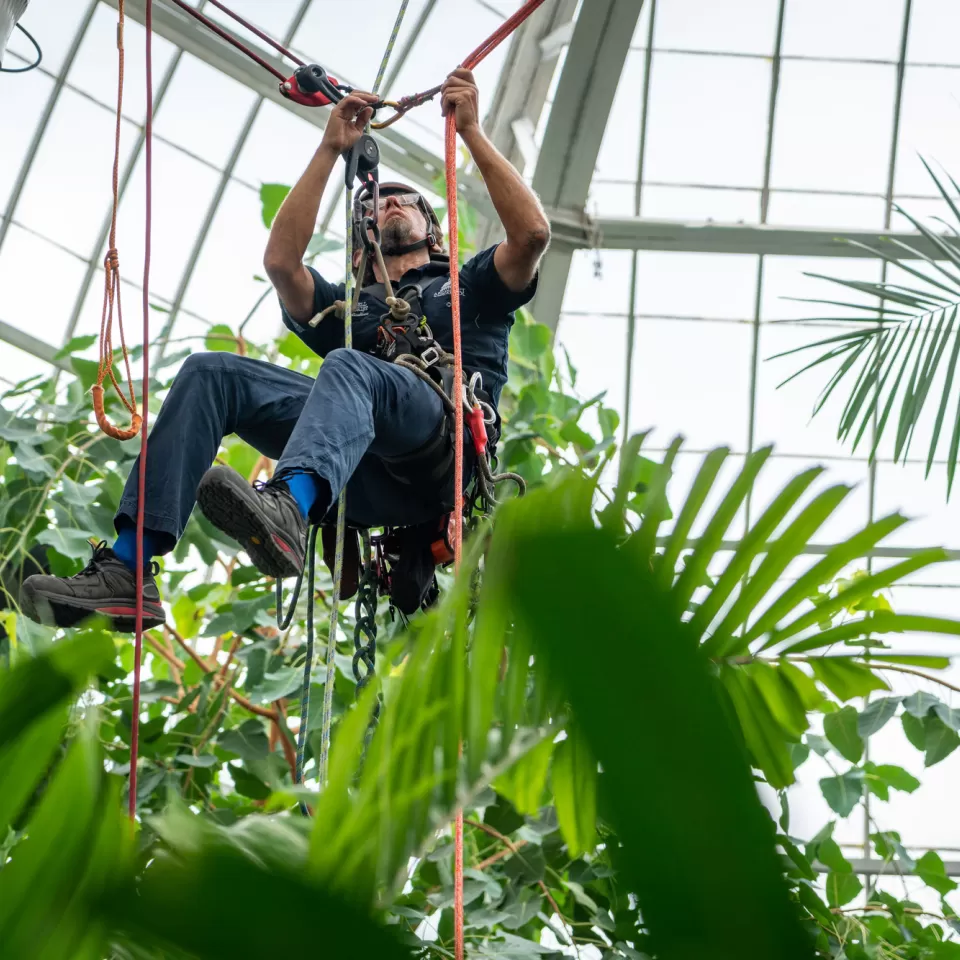
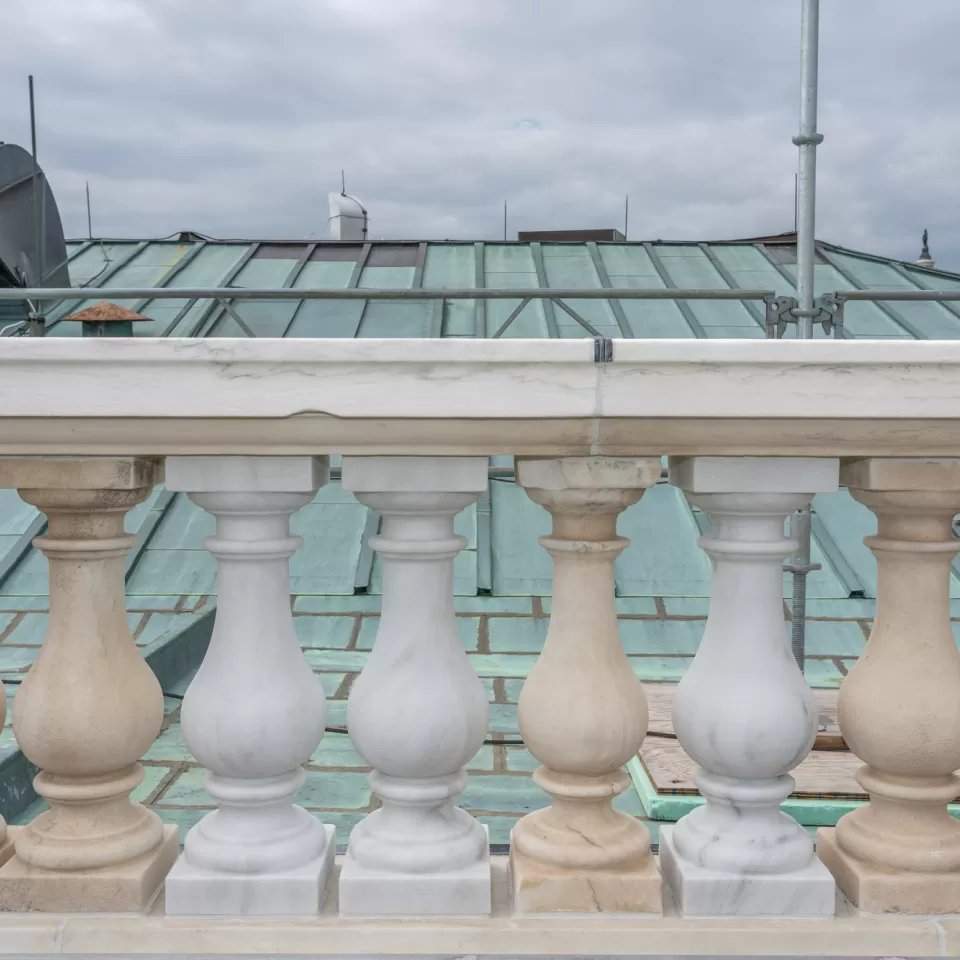
Comments
I hope this is a continuing project, with more photos to share with us.
Add new comment